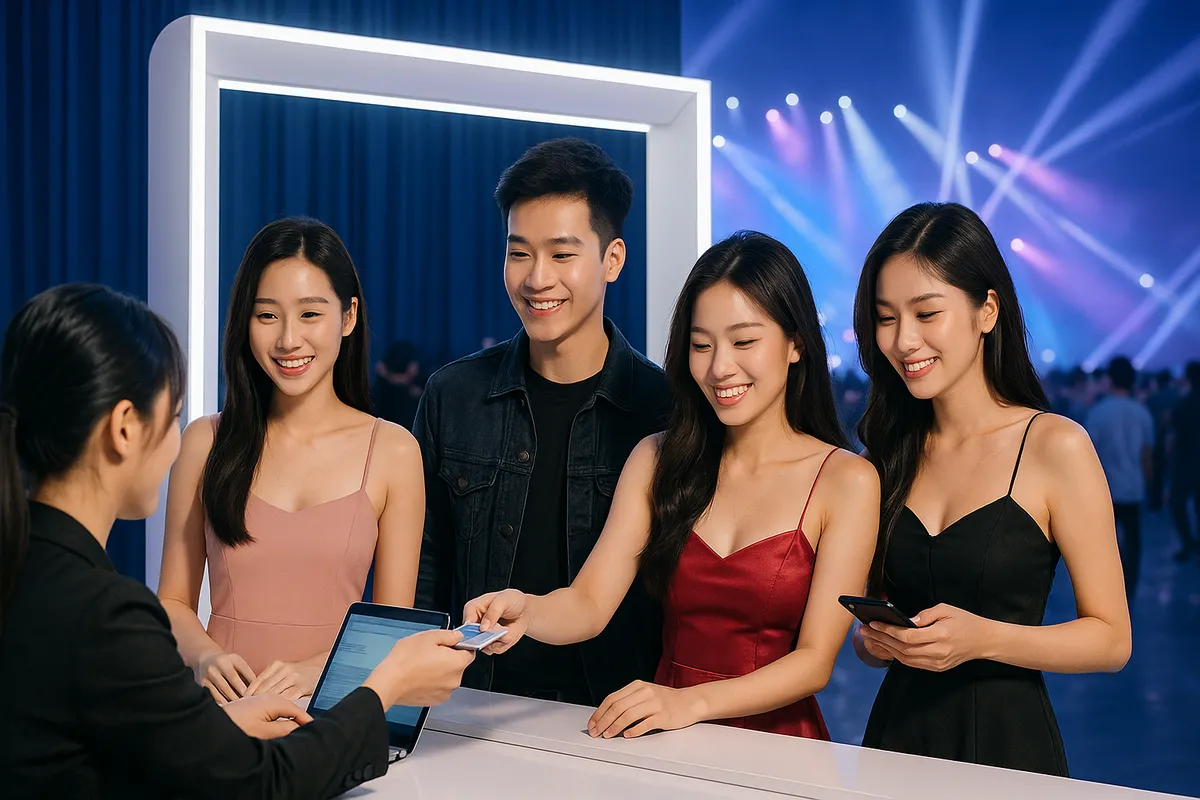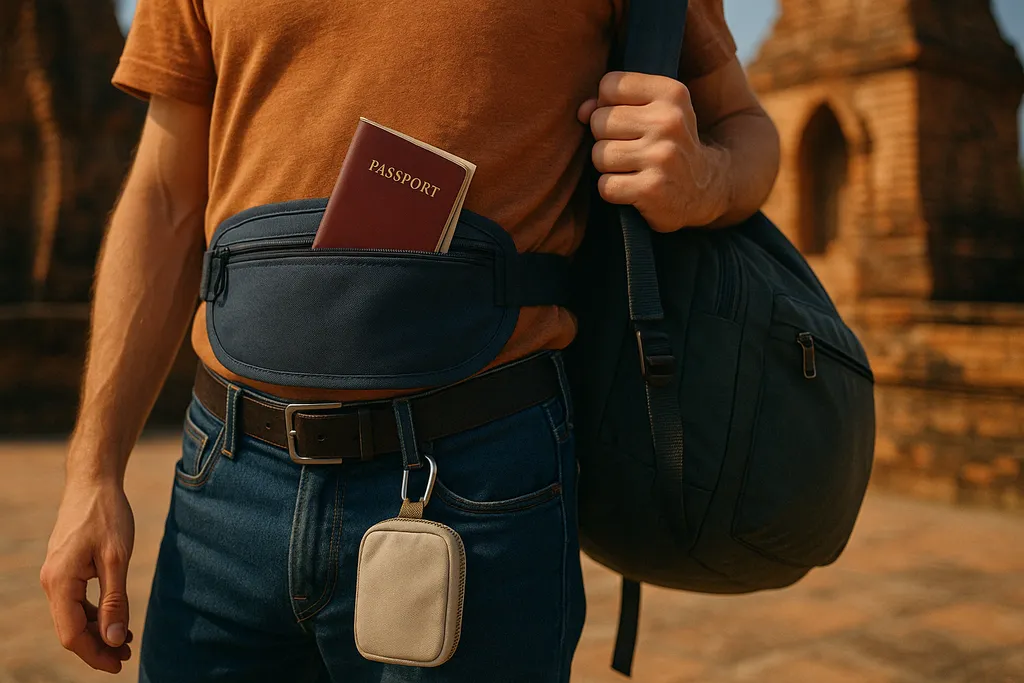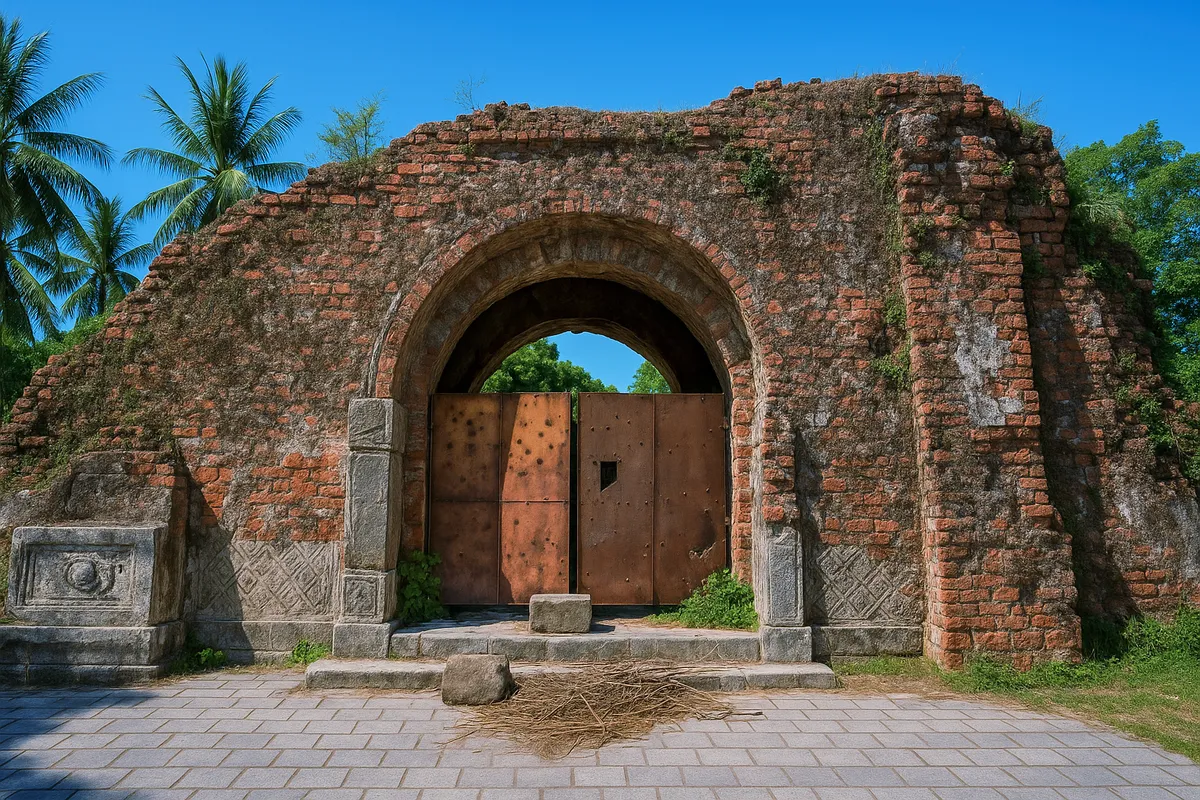How to set up an effective Check-in area in an Event
- Tuesday, May 27, 2025, 16:00 (GMT+7)
How to set up an effective Check-in area in an Event
A successful event is not solely defined by a compelling agenda or star-studded guest list. It begins the moment attendees step into the space. The check-in area is their very first point of contact. More than just a desk for name tags or giveaways, it is a purposefully designed space that blends psychology, aesthetics, and functionality. When thoughtfully set up, the check-in zone streamlines guest flow, sets a positive emotional tone, and most importantly, encourages organic photo sharing among attendees.
In reality, many events lose points right at the entrance due to chaotic, understaffed, or underwhelming check-in setups that leave guests feeling lost or disconnected. To avoid this, the first step is to clearly define the purpose of your check-in area. If it serves only as a functional point for attendance and document distribution, then basic desks and personnel might suffice. But if the goal is to create impact, reflect the event concept, drive media interest, or enhance brand presence, the approach must be entirely different.
An effective check-in zone needs three core elements: seamless operation, striking visual appeal, and share-worthy moments. Operational flow comes first. Efficient guest management starts with accurately forecasting peak arrival times, then segmenting lines based on group type, ticket level, or attendee category. From experience across events of all scales, any gathering with over 300 guests should have at least three separate check-in lanes. Incorporating personalized QR codes, contactless check-ins, or pre-registered apps significantly reduces wait time. Still, technology only works well when paired with on-site staff who are agile and responsive.
One frequently overlooked detail is signage. Clear directional signs from parking areas or building entrances prevent frustration and disorientation. These signs should not only guide guests but also align visually with the event's branding. Avoid signs that are too small, poorly lit, or hidden from view.
The visual aspect elevates the check-in experience. This is the space where guests pause the longest before entering the main venue. When designed with care, it becomes a photo-worthy moment. Grandeur is not necessary; what matters is alignment with the event’s spirit and character. For lifestyle or youth-oriented gatherings, a rustic wooden booth with fresh flowers and handwritten name boards adds a personal touch. For corporate or formal events, the setup should strictly follow brand guidelines in terms of colors and materials.
A highly effective strategy is to create at least two check-in points: a main one for general guests and a secondary one dedicated to VIPs or influencers. The secondary setup can be more distinctive, with exclusive staff and professional photo support like studio lighting or onsite photographers. These curated moments often drive social sharing, expanding the event's reach without added advertising costs.
Subtle background music at check-in also works wonders. It eases tension and fosters a calm atmosphere, especially important for events that demand focus. A soft piano track, gentle nature sounds, or a well-curated playlist can put guests at ease and prepare them mentally for the experience ahead.
Another common challenge is congestion during the first 30 minutes of the event. To address this, include light engagement zones nearby, such as a photo booth, product sampling, casual games, or simply a well-lit corner for selfies. A clever touch many organizers use is placing a large mirror surrounded by LED lights so guests feel confident posing for photos while waiting.
For outdoor events, weather conditions must be factored in from the beginning. Consider canopies or umbrellas if the check-in area is outdoors. Electronic devices used for check-in should be shielded with clear acrylic cases or waterproof boxes. If the event takes place in the evening, lighting must be carefully planned to ensure both functionality and visual charm.
One lesser-known yet powerful tactic is the use of ambient scent. A gentle citrus note, a hint of lavender, or any fragrance that resonates with the event concept can stir emotion and embed the memory more deeply. This sensory detail signals intentionality and care down to the smallest detail.
When events involve multiple guest types, pre-labeled signage helps speed things up. Use signs like "Guests with QR Code," "Unregistered Guests," or "Special Invitations" to guide people efficiently. This makes it easier for staff to direct traffic and enhances the experience for everyone. Be prepared for contingencies too, such as plus-ones not on the list, late arrivals, or representative changes. A small support desk beside the main check-in area is essential for handling such cases with professionalism.
The human element is just as vital. Staff assigned to check-in must be well-trained in procedure, emergency protocols, communication etiquette, and body language. They are the first human touchpoint at the event, so their attitude sets the tone. They should radiate warmth, wear a genuine smile, and remain calm under pressure. One unfriendly or impatient staff member can undermine the entire experience.
Finally, remember to measure the performance of your check-in area. Collect guest feedback, track average check-in times, and monitor social media posts tagged from the area. Improving with each event based on real data is the only way to elevate future experiences.
A well-executed check-in zone is not just the doorway to your event. It is a mirror of your organizational quality. Done right, it inspires, excites, connects, and sets the tone for a seamless and memorable journey.

 CHECKIN.VN
CHECKIN.VN








Share on